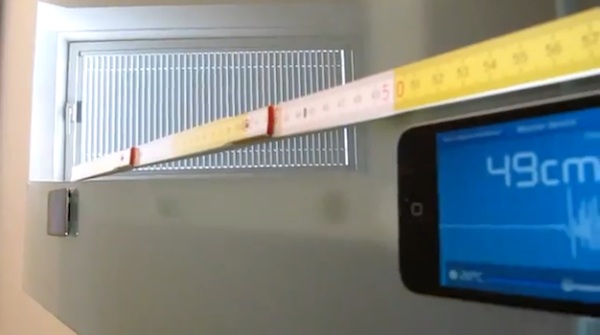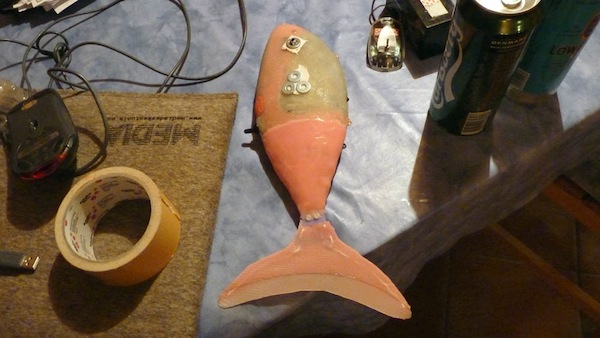November 30, 2011 4:00 PM
by Sean Michael Ragan
Autonomous Ocean-Crossing Robots Launched

Here's a clip of Liquid Robotics founder and CTO Roger Hine talking, at the most recent Bay Area Maker Faire, about the innovative design of his company's Wave Glider robot boat, which converts the up-and-down motion of waves at the surface into energy for propulsion. More technical details are available on Liquid Robotics' site.
On November 17, Liquid Robotics launched four Wave Gliders from San Francisco, and are currently streaming data from several on-board instruments, at a resolution of one or two reports per minute, in near-real-time, via the Iridium satellite network. Those data are freely available here.
All four Wave Gliders are bound for Hawaii, where they will split into two pairs, one of which will head to Japan, and the other to Australia. IEEE Spectrum is reporting that Liquid Robotics "aims to break the Guinness world record for longest unmanned ocean voyage" with the trip, though I have not been able to confirm that Guinness actually has such a record currently established, nor what it may be. [Thanks, Glen!]
Dr. Art Trembanis








